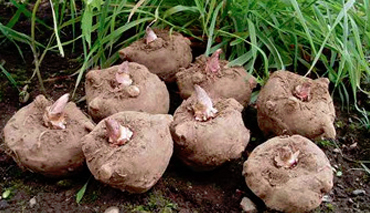
Traditional Konjac Foods are made by first mashing the Konjac root then boiling the mash in limewater.
Read More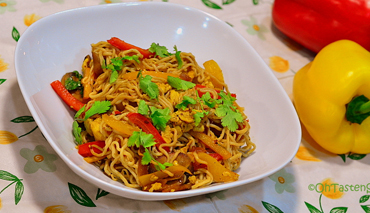
Konjac foods are packaged in water, making it an instant wet food. The easiest way to prepare Konjac is by draining.
Read More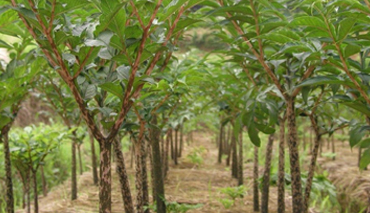
The Konjac plant belongs to the genus Amorphophallus. The botanical name of the plant is Amorphophallus Konjac.
Read More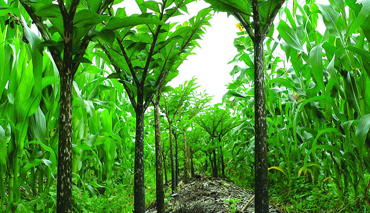
Cultures in East Asia have used Konjac fiber for more than fifteen hundred years. China is the major growing region.
Read More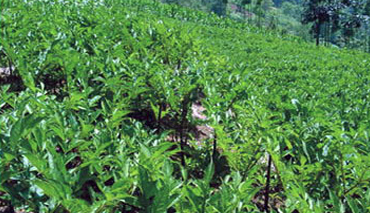
Konjac foods can easily be made by mixing Konjac flour with limewater. When this mixture is boiled, a gel forms.
Read More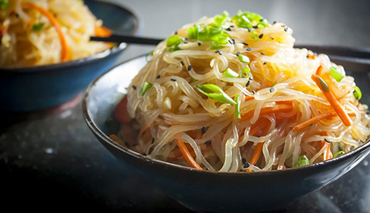
Pour 2 cups of cold water into a large cooking pot. Stir in a 1/8 teaspoon of pickling lime or baking powder for one minutes.
Read More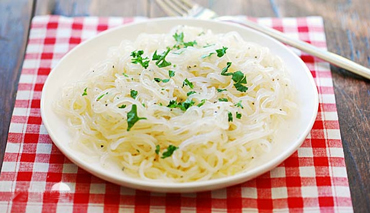
Shirataki noodles, as they are known in Japan, are made from Konjac, calorie free and consist of pure fiber.
Read More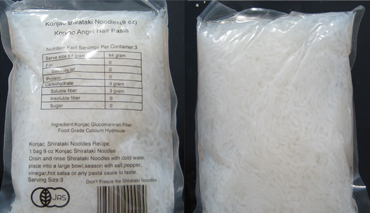
Shirataki noodles is a wet food packed in water. As an instant food Shirataki can be consumed without cooking.
Read More
Konjac Shirataki noodles are tasteless. The benefit of a tasteless noodle is the ability to add your own favorite.
Read More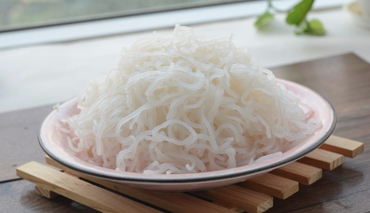
Konjac noodles produced by Konjac Brands (KonjacFoods.com) has a shelf life of one year at room temperature.
Read More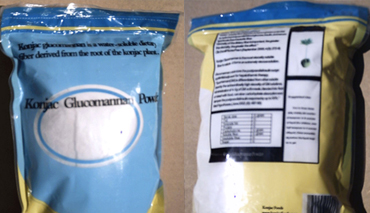
The Konjac plant can live up to 5 years. However, during its third year of growth the Konjac root matures.
Read More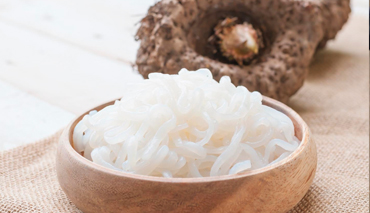
The Konjac root is highly rich in positive vitamins, minerals and fiber. Besides its most beneficial nutritional.
Read More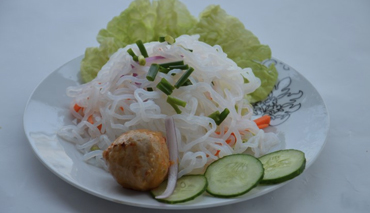
Konjac foods are made from glucomannan fiber and calcium hydroxide. Being rich in calcium, when the Konjac.
Read More
Konjac powder is a very Alkaline food. Below you will find a list of alkaline foods that are commonly.
Read More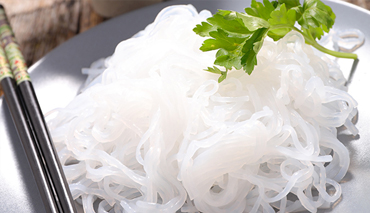
Because glucomannan can absorb up to 200 times its weight in water, it has been used as a dietary supplement.
Read More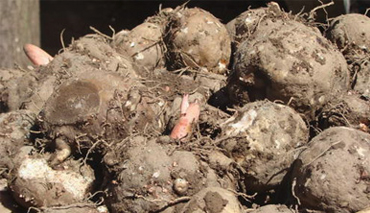
Soluble fiber helps in treating constipation, soluble fiber absorbs water making the feces softer and this promotes.
Read More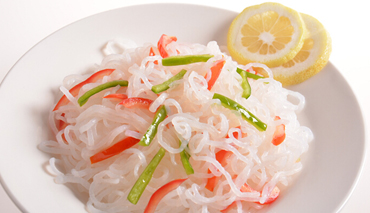
Konjac fiber is a very strong Alkaline food. As discussed before and demonstrated on the pH value list within this article,
Read More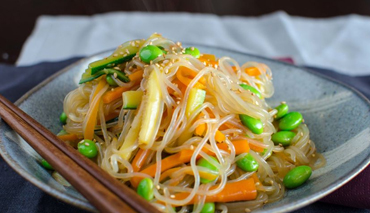
Soluble fiber is the single greatest dietary aid for preventing Irritable Bowel Syndrome symptoms in the first place,
Read More
As medical research has demonstrated, the higher the viscosity of soluble fiber, the better the ability to control.
Read More
Glucomannan fiber works in a similar manner to other water-soluble fibers. It is able to attach itself to bile.
Read More
Konjac glucomannan fiber, the most viscosity soluble fiber, it is the most effective soluble fiber.
Read More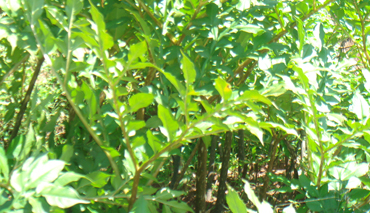
Konjac glucomannan fiber must be combined with enough water as directed. For this, it is always recommended
Read More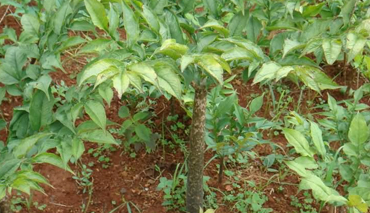
Konjac Glucomannan fiber is a water-soluble dietary fiber that is derived from the Konjac root.
Read More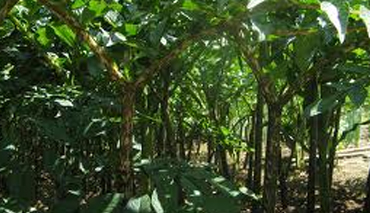
Soluble fibers such as Glucomannan have many health-promoting benefits due to their ability to form a soft gel with water.
Read MoreCopyright © 2002 ~ 2017 KonjacFoods.com